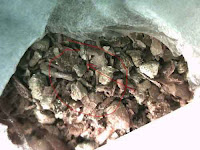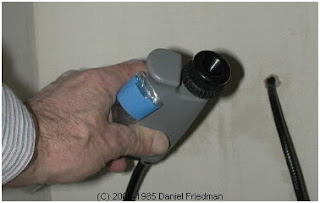Some advice for your choice:
To determine the correct instrument for your application, please take into consideration
- Size (diameter) of entry point.
- The necessary length needed to reach the area of inspection.
- Does the area to be inspected have a clear straight path or is there obstructions or curved or radius areas where the instrument would have to negotiate.
- Does your application require image documentation?
Videoscope has more advantages compared to optical borescopes:
where a borescope or fiberscope is adaptable to video the image produced has greater resolution and higher magnification. It is very good if many people view the image displayed on a monitor and allows for less eye fatigue than using them in the visual mode. It is also cost effective to attach a borescope or fiberscope to video as long as sufficient illumination is available.
At the Fiberscope.net specialized web store for RVI equipment you can find some more information about and shop for rigid borescopes and videoscopes.
where a borescope or fiberscope is adaptable to video the image produced has greater resolution and higher magnification. It is very good if many people view the image displayed on a monitor and allows for less eye fatigue than using them in the visual mode. It is also cost effective to attach a borescope or fiberscope to video as long as sufficient illumination is available.
At the Fiberscope.net specialized web store for RVI equipment you can find some more information about and shop for rigid borescopes and videoscopes.








